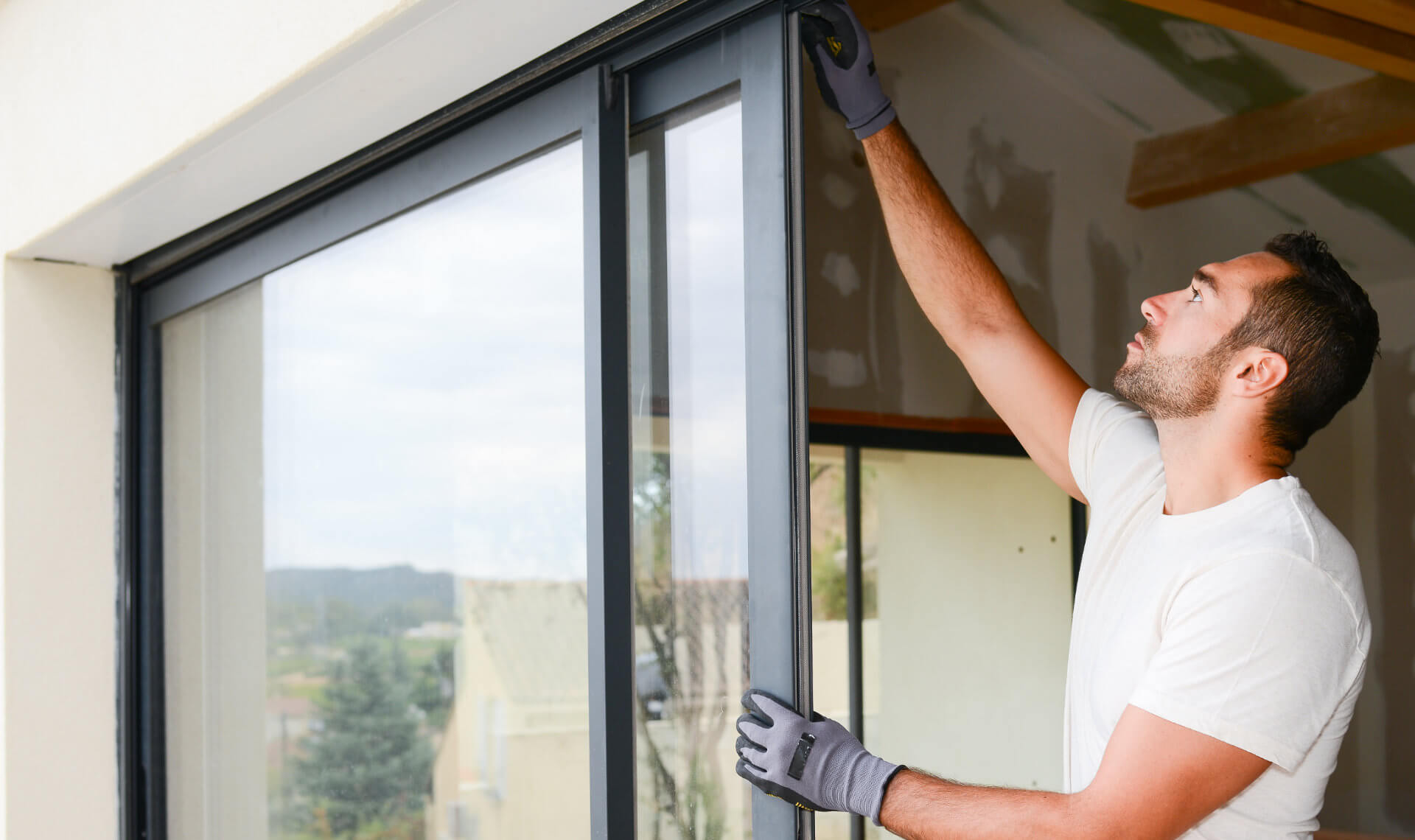For centuries, rot has been the silent destroyer of structures gnawing at wood, weakening beams, and turning solid foundations into spongy ruins. Traditional materials like timber, while aesthetically pleasing, are vulnerable to moisture, insects, and fungal decay. But modern composites are rewriting the rules, offering durability without compromise. These engineered materials don't just resist rot; they laugh in its face.
From bridges to double-glazed sash windows Salford, composites are stepping in where traditional materials fail. They merge strength with longevity, ensuring that structures remain intact for decades without the constant need for repairs. No more warped frames, no more crumbling sills just sleek, resilient solutions that stand the test of time.
The Silent War Against Decay
Rot doesn't announce its arrival. It creeps in through microscopic cracks, thrives in damp corners, and spreads unnoticed until it's too late. Traditional wood treatments—paints, varnishes, chemical preservatives are mere delaying tactics. They wear off, wash away, or lose effectiveness, leaving structures exposed.
Modern composites, however, are engineered to be inherently resistant. Fiberglass, carbon fiber, and polymer-based materials don't absorb moisture. They don't provide a food source for mold or insects. And unlike wood, they don't expand and contract with temperature changes, preventing the cracks that let decay in.
For homeowners with double-glazed sash windows Salford, this means no more worrying about rotting frames. Composite window frames maintain their structural integrity, ensuring smooth operation and airtight insulation for years.
From Ship Hulls to Skyscrapers: Composites Everywhere
The same technology that keeps yachts gliding through saltwater without corroding is now safeguarding buildings. Fiber-reinforced polymers (FRPs) are being used in:
-
Marine construction – Where salt and moisture would devour steel and wood, composites remain unfazed.
-
Bridge reinforcements – Instead of replacing entire wooden supports, engineers wrap them in carbon fiber, adding decades to their lifespan.
-
Architectural facades – Lightweight yet strong, composites allow for bold designs without the risk of water damage.
Even in residential settings, composites are replacing traditional wood in decking, railings, and window frames. The shift isn't just about durability—it's about eliminating maintenance. No sanding, no repainting, no sealing. Just install and forget.
Why Wood Lost the Battle
Wood has charm, no doubt. The warmth of oak, the grain of mahogany—these are qualities composites mimic but don't replicate perfectly. Yet, when it comes to pure performance, wood is outmatched.
-
Moisture absorption – Wood swells, warps, and eventually rots.
-
Insect attraction – Termites and carpenter ants feast on cellulose.
-
Maintenance demands – Constant sealing, staining, and repairs add up in cost and effort.
Composites sidestep all of this. They don't absorb water, repel pests, and require almost zero upkeep. For double-glazed sash windows Salford, this means no more drafty gaps from warped frames or peeling paint from moisture exposure.
The Science Behind Unbreakable Materials
What makes composites so resilient? It's all in the matrix.
-
Polymer bases – Materials like vinyl and fiberglass don't provide organic matter for mold or insects to thrive on.
-
Reinforcing fibers – Glass, carbon, or aramid fibers add tensile strength, preventing cracks and fractures.
-
UV stabilizers – Unlike wood, which grays and weakens under sunlight, modern composites include additives that block UV degradation.
These engineered materials don't just resist rot they're designed to last decades without showing wear. For window frames, this means no more seasonal swelling or shrinking, ensuring perfect alignment for double-glazed sash windows Salford year after year.
The Cost of Forever: Are Composites Worth It?
Initial costs for composites can be higher than wood. But when you factor in longevity and zero maintenance, the math changes.
-
Wood – Requires staining, sealing, and eventual replacement.
-
Composites – No refinishing, no rot repairs, no replacements for 50+ years.
For homeowners, this translates to long-term savings. No more hiring carpenters to fix rotting sills or repaint flaking frames. Composites stay pristine with minimal care.
A Future Without Rot
As technology advances, composites are becoming more affordable and versatile. New bio-based composites are even entering the market, offering sustainability alongside durability.
For structures like double-glazed sash windows Salford, this means a future where aesthetics meet endurance. No more choosing between beauty and resilience composites deliver both.
Conclusion
Rot has plagued construction for millennia, but modern composites are finally providing a solution. These materials don't just resist decay—they eliminate it entirely. From marine applications to residential windows, composites are proving that structures can be both beautiful and indestructible.
The age of constant repairs is ending. The era of maintenance-free durability has begun. And for homeowners tired of battling rot, the answer is clear: composites are the future.Learn more about the science of composite materials here.






